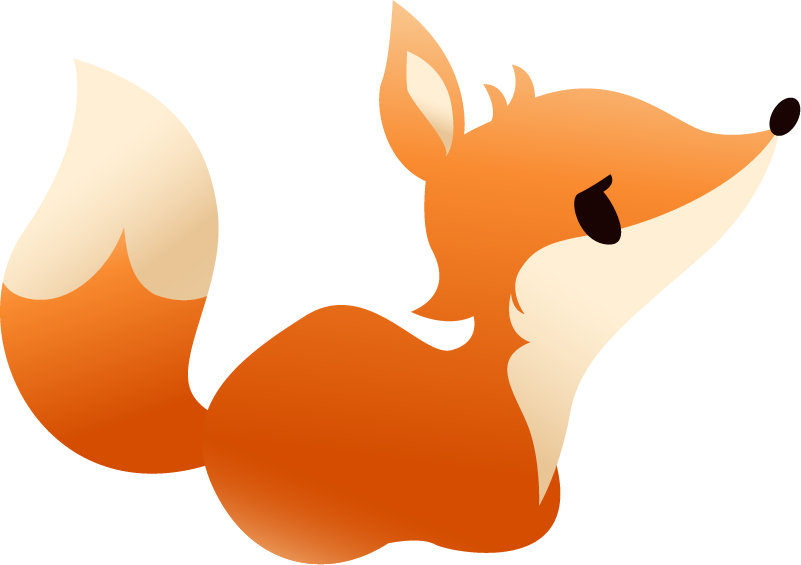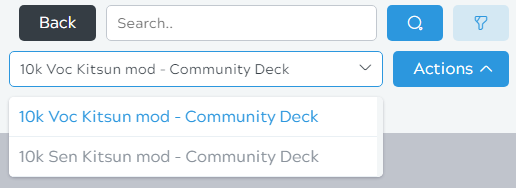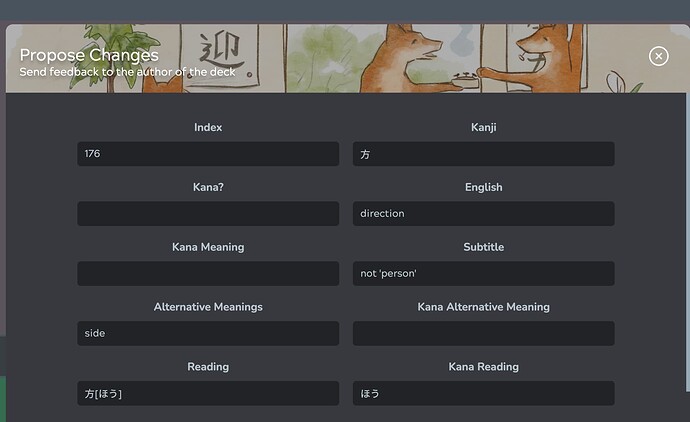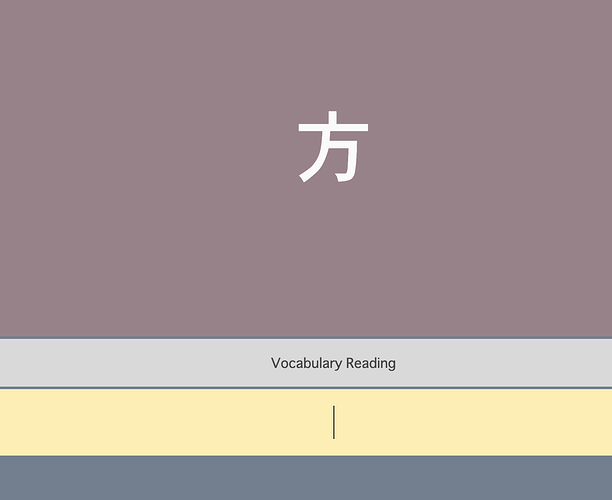I’ve noticed a number of cards where the vocab card is in hiragana but the sentence has the word in kanji. I would understand the opposite, wherein if a word has a kanji form that is sometimes used but not often you could learn the word through the vocab card and how you’d actually see it through the sentence card. However, the kanji being in the sentence without being in the vocab doesn’t make sense at all to me so I’m wondering if there’s a reason for that or if I should report it through suggest changes or something like that?
For example, the vocab card is “ごちそうする”.
However, the sentence is "ご馳走します”.














